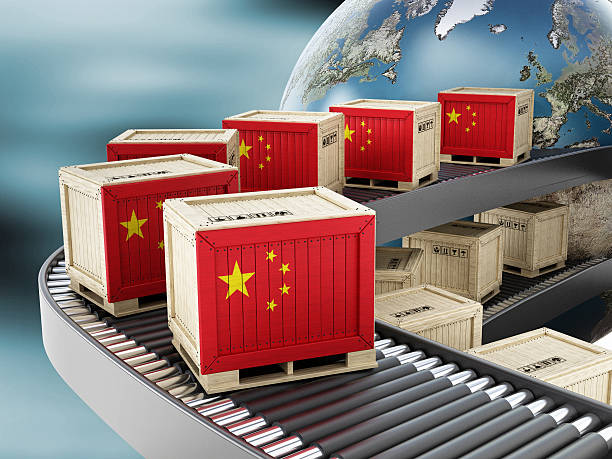Trade tensions between the United States and China have intensified after Beijing implemented new port fees targeting US-linked vessels. The move comes in direct retaliation to Washington’s decision to begin charging fees on Chinese ships arriving in US ports starting October 14.
According to Chinese state media, the new levies aim to “safeguard China’s shipping industry” from what Beijing calls “discriminatory” US measures. The charges apply to all US-owned, operated, built, or flagged vessels, as well as ships with at least 25% American ownership. However, Chinese-built ships are exempt from the new fees.
Under the new policy, ships berthing at Chinese ports will now be charged 400 yuan ($56) per net tonne, with the fee expected to increase annually to reach 1,120 yuan per tonne by April 2028. Given that large vessels carry hundreds of thousands of tonnes of cargo, the cost implications could be significant for American shipping companies.
The fee announcement coincided with the implementation of new US tariffs on imported timber, kitchen cabinets, and upholstered furniture products largely sourced from China. Meanwhile, Beijing has also tightened its export controls on rare earth materials, a key component in global technology manufacturing.
US Treasury Secretary Scott Bessent confirmed that President Donald Trump and Chinese President Xi Jinping are still expected to meet in South Korea later this month to seek ways to cool the ongoing dispute. “The 100% tariff does not have to happen,” Bessent said, signaling potential room for negotiation.
However, China’s commerce ministry maintained a firm stance, asserting that the US cannot “demand talks while imposing new restrictive measures.”
These developments mark a fresh escalation despite an earlier truce in May, when both sides agreed to drop some tariffs. The renewed tensions now threaten to derail progress toward stabilizing trade relations between the world’s two largest economies.

